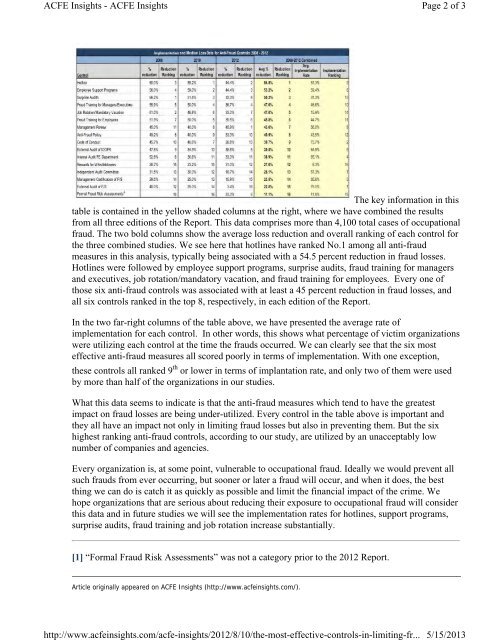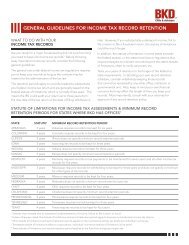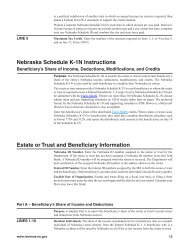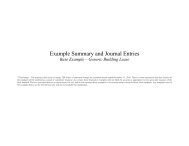acfe fraud prevention check-up - BKD
acfe fraud prevention check-up - BKD
acfe fraud prevention check-up - BKD
- No tags were found...
Create successful ePaper yourself
Turn your PDF publications into a flip-book with our unique Google optimized e-Paper software.
ACFE Insights - ACFE Insightshttp://www.<strong>acfe</strong>insights.com/<strong>acfe</strong>-insights/2012/8/10/the-most-effective-controls-in-limiting-fr...Page 2 of 35/15/2013The key information in thistable is contained in the yellow shaded columns at the right, where we have combined the resultsfrom all three editions of the Report. This data comprises more than 4,100 total cases of occ<strong>up</strong>ational<strong>fraud</strong>. The two bold columns show the average loss reduction and overall ranking of each control forthe three combined studies. We see here that hotlines have ranked No.1 among all anti-<strong>fraud</strong>measures in this analysis, typically being associated with a 54.5 percent reduction in <strong>fraud</strong> losses.Hotlines were followed by employee s<strong>up</strong>port programs, surprise audits, <strong>fraud</strong> training for managersand executives, job rotation/mandatory vacation, and <strong>fraud</strong> training for employees. Every one ofthose six anti-<strong>fraud</strong> controls was associated with at least a 45 percent reduction in <strong>fraud</strong> losses, andall six controls ranked in the top 8, respectively, in each edition of the Report.In the two far-right columns of the table above, we have presented the average rate ofimplementation for each control. In other words, this shows what percentage of victim organizationswere utilizing each control at the time the <strong>fraud</strong>s occurred. We can clearly see that the six mosteffective anti-<strong>fraud</strong> measures all scored poorly in terms of implementation. With one exception,these controls all ranked 9 th or lower in terms of implantation rate, and only two of them were usedby more than half of the organizations in our studies.What this data seems to indicate is that the anti-<strong>fraud</strong> measures which tend to have the greatestimpact on <strong>fraud</strong> losses are being under-utilized. Every control in the table above is important andthey all have an impact not only in limiting <strong>fraud</strong> losses but also in preventing them. But the sixhighest ranking anti-<strong>fraud</strong> controls, according to our study, are utilized by an unacceptably lownumber of companies and agencies.Every organization is, at some point, vulnerable to occ<strong>up</strong>ational <strong>fraud</strong>. Ideally we would prevent allsuch <strong>fraud</strong>s from ever occurring, but sooner or later a <strong>fraud</strong> will occur, and when it does, the bestthing we can do is catch it as quickly as possible and limit the financial impact of the crime. Wehope organizations that are serious about reducing their exposure to occ<strong>up</strong>ational <strong>fraud</strong> will considerthis data and in future studies we will see the implementation rates for hotlines, s<strong>up</strong>port programs,surprise audits, <strong>fraud</strong> training and job rotation increase substantially.[1] “Formal Fraud Risk Assessments” was not a category prior to the 2012 Report.Article originally appeared on ACFE Insights (http://www.<strong>acfe</strong>insights.com/).









